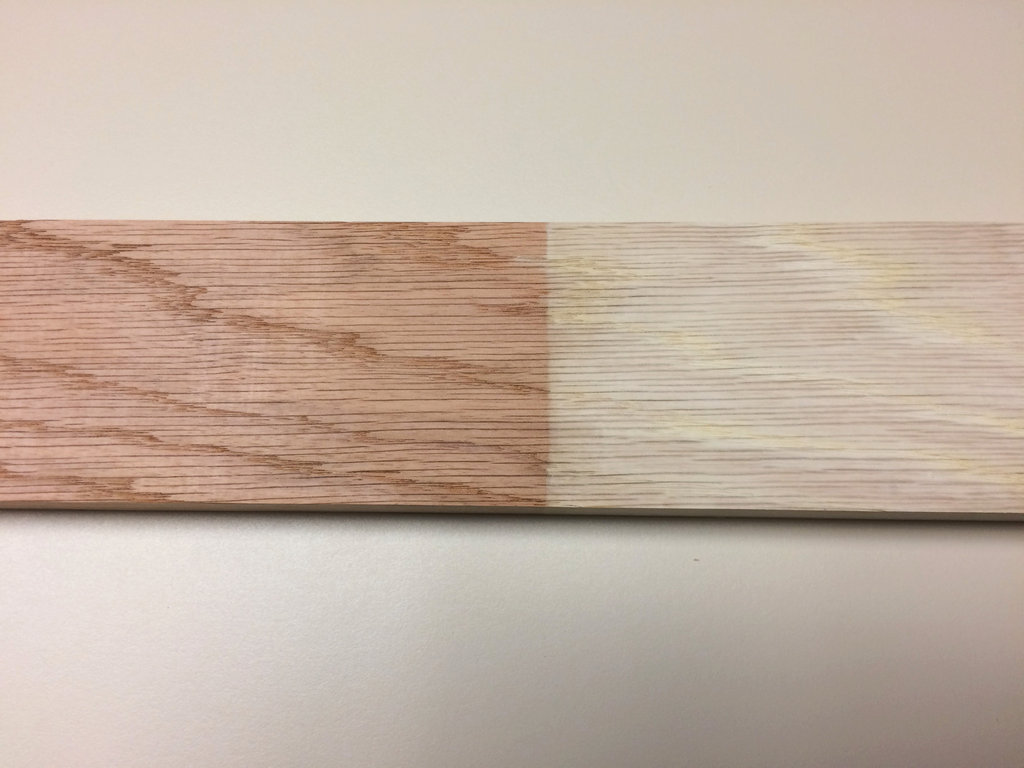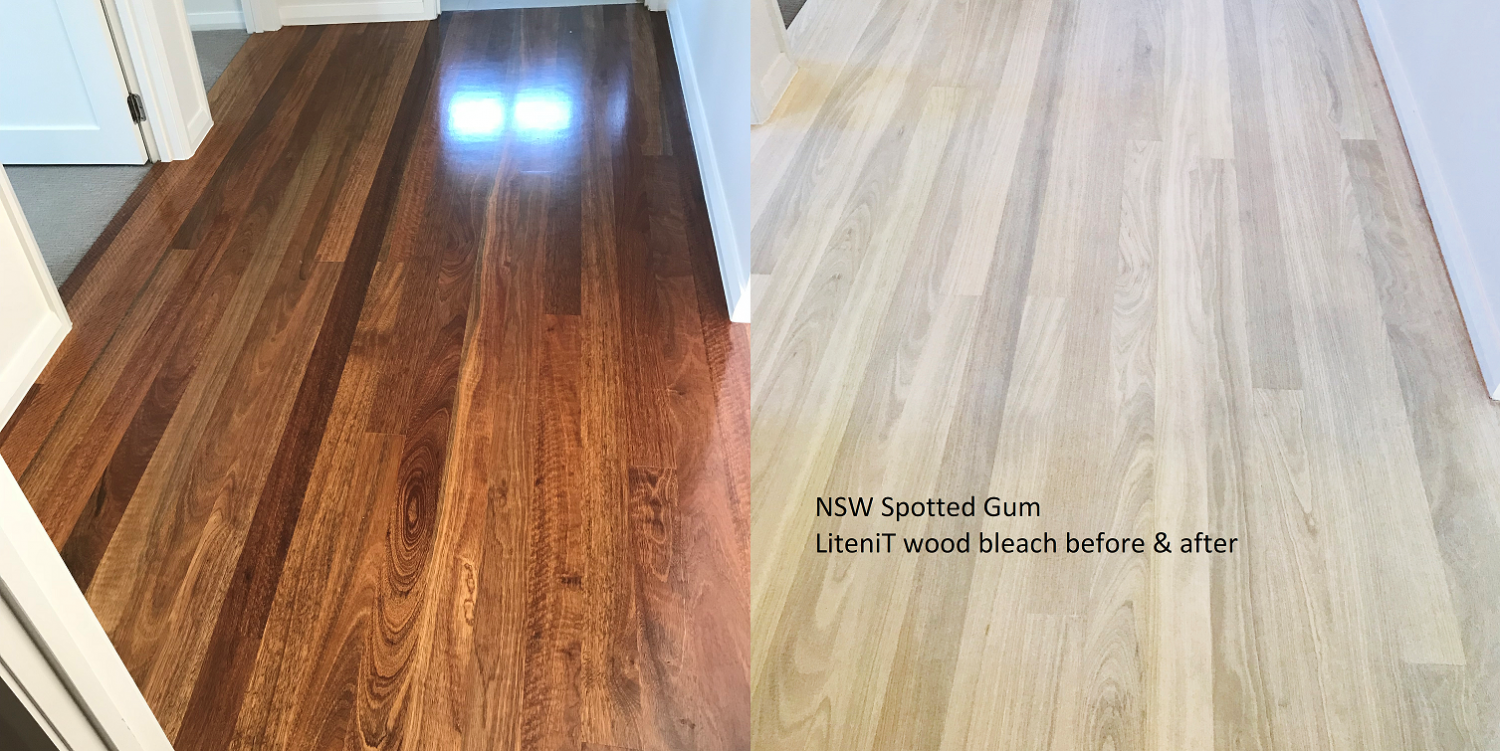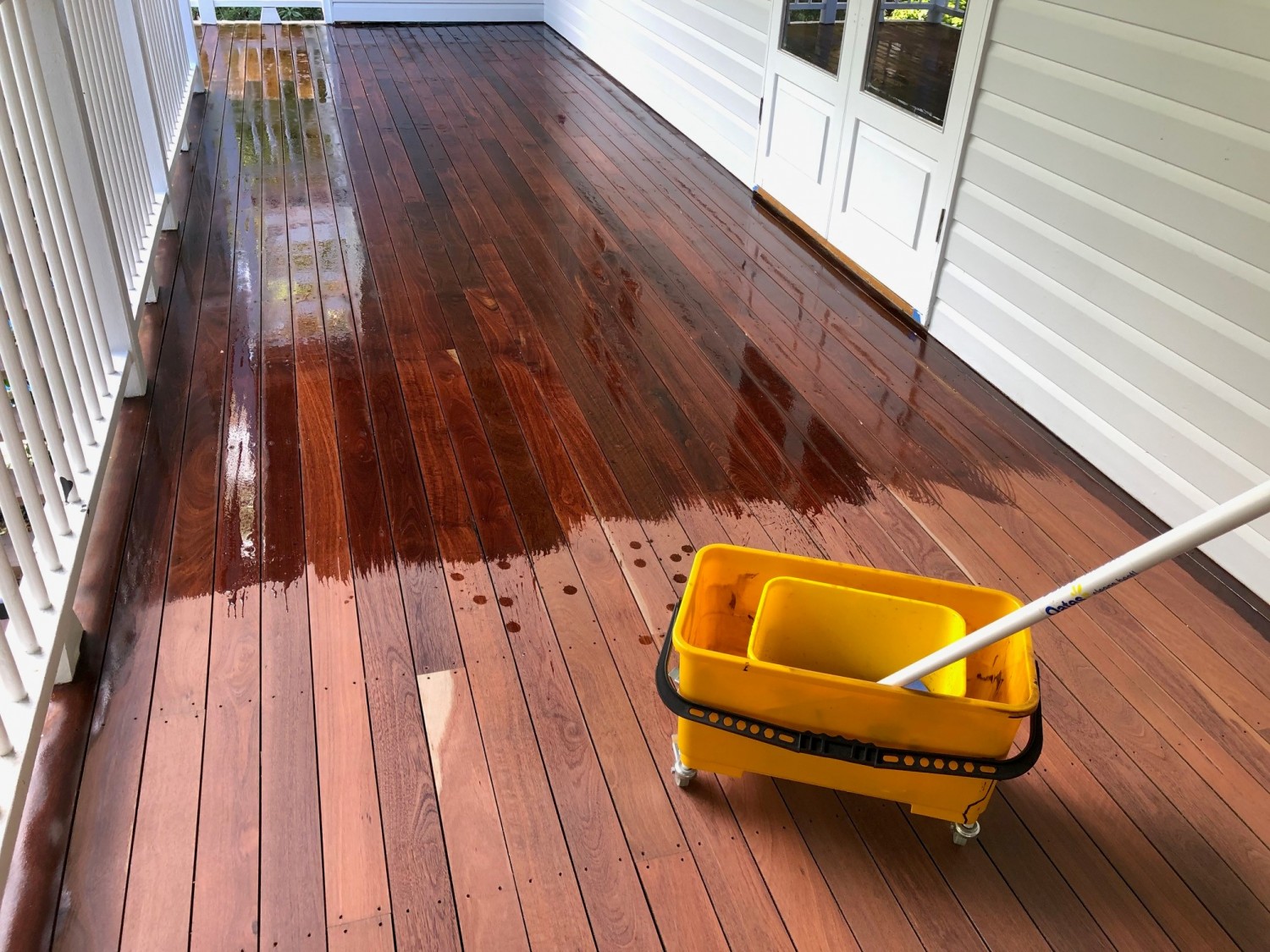

Stay tuned.īut right now? Nope, not interested in messing with bleach or similar to get that look. That does not mean that I might get the urge to do it in the future though! lol You just never know with me. So in doing a little research on the subject, I found that you actually DO use bleach (regular household bleach as well as some other types of “bleaching agents”) to bleach wood. As a matter of fact, I plan to do some pieces like this for our beach house too. It goes especially well with any farmhouse or coastal style decor. I mean should I even call it bleached wood then? Of course! Since I am describing the look not the technique, right?Īnd it is so much easier and much less involved.
Wood bleach how to#
How to get the bleached wood look … without using bleach. I’ve got a fun new post and technique for ya today. Clorox can kill mold but it’s not as effective as what a mold remediation expert will do.Ever wondered how you can get that cool bleached wood look? Well, you can actually bleach your wood…with bleach, or you can do it this way instead!

Still, the best way to remove mold is to call for a mold remediation expert who will assess the source of the mold, the extent of its growth then kills and prevents its regrowth. If an area has already been contaminated by mold spores, it will be more difficult to prevent future outbreaks from occurring if there are still moisture problems within the house itself. Clear and repair any gutters and downspouts to ensure water from the rain flows away from the walls.

Wood bleach windows#

Stopping leaks requires checking around windows frames, roofs, gutters etc., as well as ensuring pipes are joined properly with glue and other adhesives.
Wood bleach skin#
It is possible to experience eye, skin and respiratory irritation from exposure to bleach. Chlorine bleach is an acidic and hazardous chemical because it can irritate the nose, throat and lungs when inhaled or swallowed. Using bleach to clean mold may have adverse health effects. You may need to avoid using bleach to kill mold for the following reasons: Has health risks Why you shouldn’t use bleach to clean mold Also, throw away all the items that came into contact with the mold such as the brush and gloves. Not drying the surface cleaned of mold will only encourage the mold to regrow. This method works on all nonporous surfaces including basement walls, roofs and even floors.


 0 kommentar(er)
0 kommentar(er)
